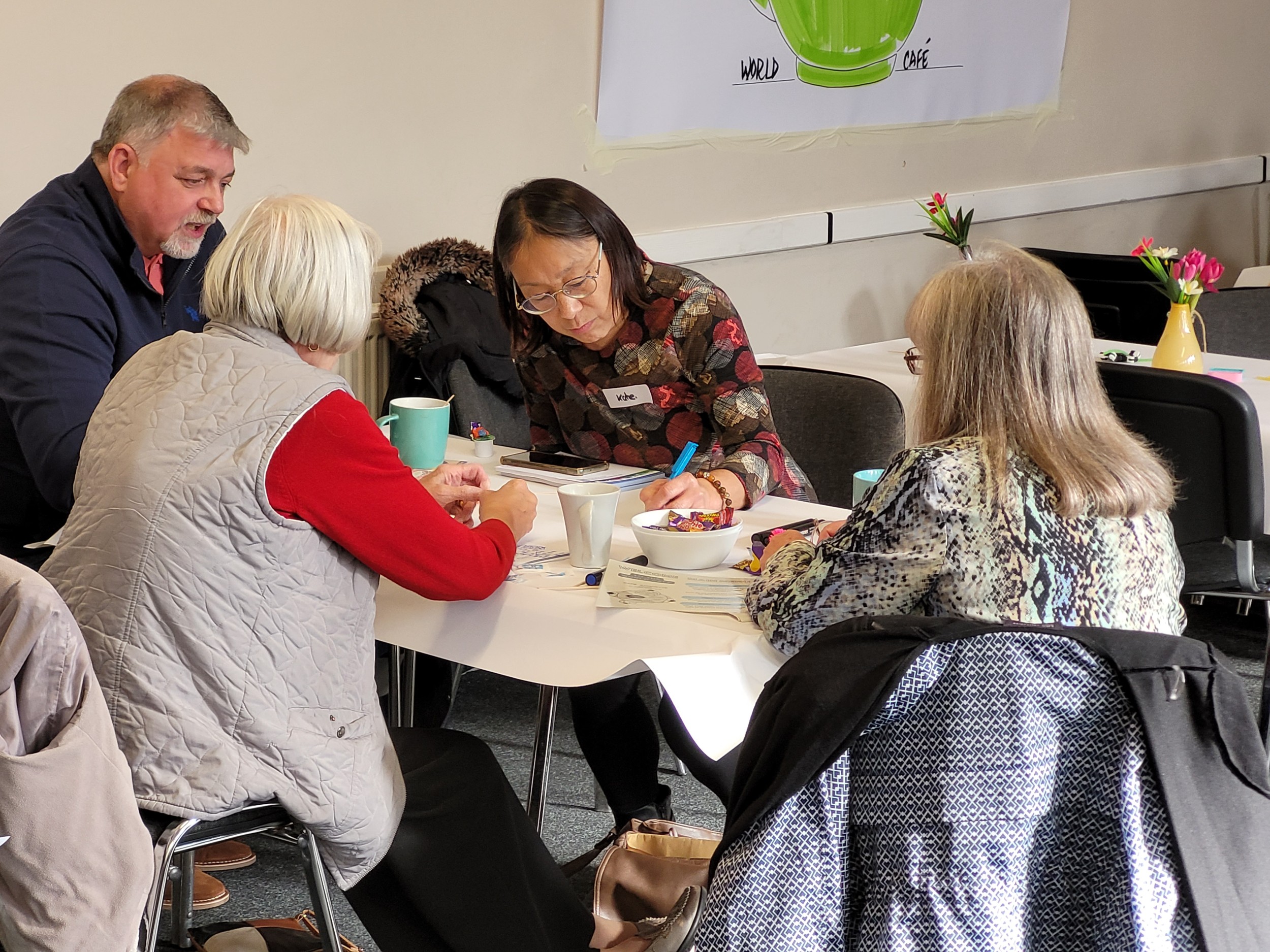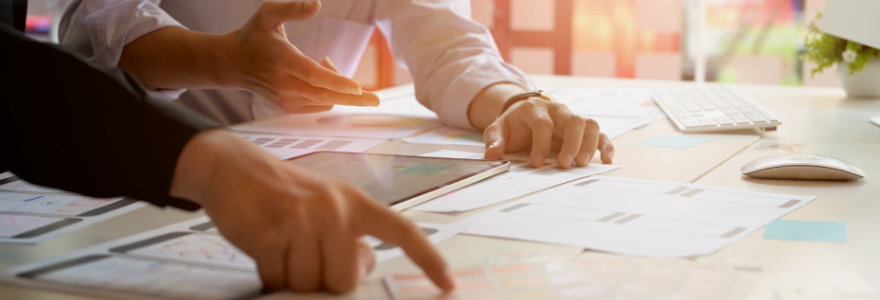More than 1,600 care homes beds across the Black Country are now using remote monitoring technology to help support and manage the health and wellbeing of their residents.
Funded by NHS England, the remote monitoring system from Docobo aims to help to reduce the need for emergency hospital admissions and GP appointments, as well as save clinical staff from hours of admin.
Care home staff use tablet devices linked to health tools, such as blood pressure monitors, pulse oximeters and thermometers to regularly record the vital signs of residents.
Readings are then securely transferred to a team of clinicians who are on hand to give timely advice, monitor for gradual deterioration and ensure that any issues are picked up quickly, reducing the need for hospital intervention.
In the Black Country, more than 30 care homes have implemented Docobo’s DOC@HOME remote monitoring system to date, with many more scheduled as the rollout continues. This has led to a 18.5% reduction in hospital admissions, a 9.5% reduction in hospital readmissions and a 12.3% reduction in ambulance conveyances, as well as a 5.1% reduction in 111 calls.
The NHS has created a short video on how this remote monitoring technology is having a positive impact at a care home in Wolverhampton. You can watch the video on YouTube here.
Zoe Taylor is an advanced nurse practitioner and clinical lead for the enhanced health and care home team in Wolverhampton. She said: “All care home staff using the remote monitoring system are fully trained to ensure they can confidently use the equipment and accurately input the data. This involves working through a set of questions for each resident which helps us build a picture of their overall health. We also work with the care home to set up parameters for each resident so if their observations fall outside of these, an alert is sent straight away.
“We can then triage the alert and immediately step in with the most appropriate action, which might be as simple as carrying out increased observations to monitor a patient more closely, tweaking a patient’s medication or prescribing a course of antibiotics, all of which can be done remotely.
“We know that typically care homes tend to be very high users of NHS services and usually have a number of residents with a lot of complex health issues. However, by using this remote monitoring technology, any deterioration in their health can be detected and treated quickly. This means residents spend less time visiting GPs or staying in hospital, which can often be distressing for them, and more time feeling comfortable in their homes.”
Jane Booth is a Senior Staff Nurse at Atholl House Nursing Home in Wolverhampton and features in the video. She said: “The remote monitoring is easy to use and really helps our residents. We have a set of simple questions that we run through for each resident using the tablet, and we then record their vital signs using a thermometer, blood pressure monitor and an oximeter which only takes a few minutes.
“The information is automatically sent to the enhanced health and care home team, and if a problem is flagged up, we know that we’ll get a response from Zoe or her team straight away. This means we don’t have to sit on the phone to the GP practice and wait in a queue until we can speak to a doctor, which saves us so much time.
“I’ve been working in care for 20 years and I’ve seen lots of changes over the years, but this equipment is great. There’s less admin as you can do it on the move, and it’s also reassuring to know if there is something wrong with a resident, their results will be picked up by a clinician before their condition gets any worse, which means they have the best possible access to care at all times.”
Mike Hastings, Digital Director for the NHS Black Country Integrated Care Board, said: “Across the Black Country, we are developing innovative new schemes to support people’s health needs in their own setting with remote monitoring technology.
“The benefits are huge - both patients and family members can be reassured that their health is being monitored, and clinicians can pick up any health concerns early to reduce deterioration.
“It also means that the NHS can work in a smarter and more productive way, directing resources to those who need it, when they need it.”


